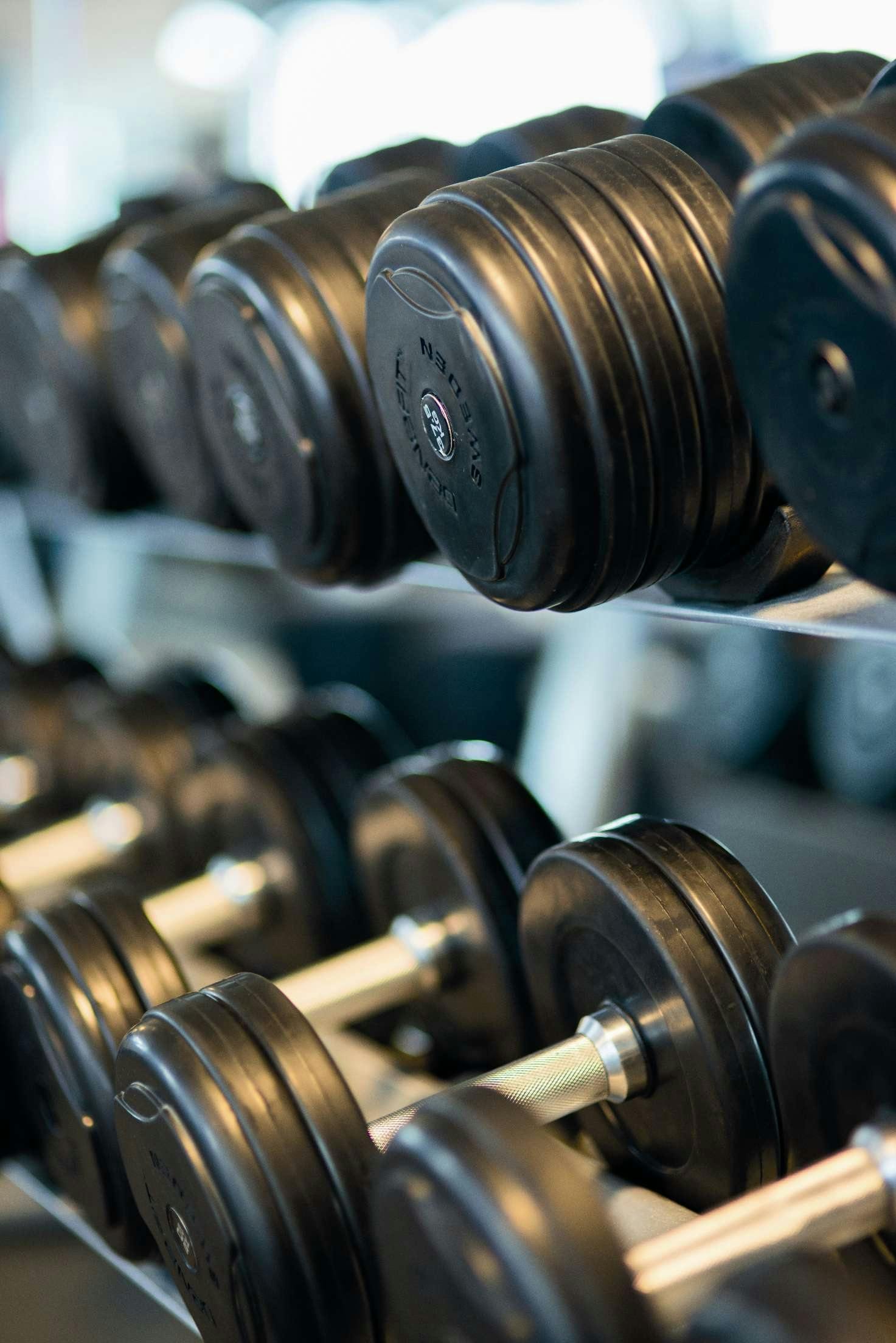Effective 3-Day Split Training Plan for Muscle Building: Achieve Results in 2025
Building muscle requires a systematic and strategic approach to training. One of the most effective methods is the 3-day split training plan, which allows you to focus on specific muscle groups while maximizing recovery. This article will provide you with an all-encompassing training guide tailored to boost your muscle mass and enhance overall performance in 2025.
We’ll explore the fundamentals of hypertrophy, detail essential workout routines, and discuss the significance of nutrition in muscle development. Additionally, we will share expert tips on proper recovery techniques and training intensity. By the end of this guide, you’ll be equipped with the knowledge to implement an effective training strategy tailored for your fitness goals.
Key takeaways include understanding the principles of muscle growth, the importance of a structured fitness plan, and how to adjust your training based on your progress.
Understanding the 3-Day Split Training Plan
Building on the basics of muscle training, the 3-day split training plan allows athletes to focus their efforts on specific muscle groups each session. This approach divides the body into three main categories: upper body, lower body, and full body, facilitating targeted strength gains while ensuring adequate rest for each group.
Core Concepts of Split Training
Split training focuses on isolating different muscle groups during distinct workouts. This method enhances muscular engagement and increases the overall volume of training. The foundational structure is typically organized as follows:
- Day 1: Upper body (chest, back, shoulders)
- Day 2: Lower body (quads, hamstrings, calves)
- Day 3: Full body (emphasis on remaining muscle groups)
This split allows for an increased frequency of training specific muscle groups each week, thereby promoting hypertrophy through targeted muscle stimulation.
Hypertrophy Training Principles
Hypertrophy, the increase of muscle mass through resistance training, is achieved by manipulating several factors, including:
- Volume of training (number of sets and repetitions)
- Intensity (weight relative to your one-rep max)
- Frequency (how often a muscle group is trained)
Utilizing these principles, the workouts can be structured to ensure optimal muscle stimulation, fostering both strength gains and muscle growth.
Designing Your 3-Day Plan
Starting your 3-day split training plan involves selecting exercises that target the specific muscle groups effectively. For instance:
- Upper body may include bench presses, rows, and overhead presses.
- Lower body can involve squats, deadlifts, and calf raises.
- Full body can integrate compound movements such as deadlifts, pull-ups, and push-ups.
This structure maximizes each session’s efficiency, ensuring you work all muscle groups adequately throughout the week without leading to excessive fatigue.
Workout Routines for Each Day
With the structure in mind, let’s delve into specific routines designed for each day of training.
Day 1: Upper Body Workout
Start with a thorough warm-up consisting of mobility exercises to prepare your shoulder and upper back muscles. Here’s a sample upper body workout:
- Bench Press: 4 sets of 8-12 repetitions
- Pull-Ups: 3 sets of 6-10 repetitions
- Dumbbell Shoulder Press: 3 sets of 10-12 repetitions
- Seated Rows: 3 sets of 8-10 repetitions
- Cable Tricep Extension: 3 sets of 10-12 repetitions
Ensure to cool down properly after the workout to aid recovery and maintain flexibility.
Day 2: Lower Body Workout
Moving on to the lower body, it’s essential to incorporate a mix of compound and isolation exercises to ensure comprehensive muscle development. Example exercises include:
- Barbell Squats: 4 sets of 8-10 repetitions
- Deadlifts: 3 sets of 6-8 repetitions
- Leg Press: 3 sets of 10-12 repetitions
- Calf Raises: 3 sets of 12-15 repetitions
This routine will help in building not just size but also strength in your leg muscles.
Day 3: Full Body Workout
For your final workout of the week, focus on full-body exercises that engage multiple muscle groups:
- Deadlifts: 4 sets of 6-8 repetitions
- Push-Ups: 3 sets of 10-15 repetitions
- Pull-Ups or Lat Pull-Downs: 3 sets of 8-10 repetitions
- Dumbbell Lunges: 3 sets of 10 repetitions per leg
This balanced approach ensures adequate training stimulus across all major muscle groups while fostering overall strength and endurance.
Nutrition for Optimal Muscle Building
With the workouts planned, focusing on nutrition is crucial for muscle recovery and growth. Fueling your body properly supports the training regimen and enhances muscle repair.
Protein Intake and Timing
Protein plays a vital role in muscle repair. Aim for a protein target between 1.6 to 2.2 grams per kilogram of body weight. Incorporating protein-rich sources like chicken, fish, legumes, and protein supplements can help achieve your daily intake goals.
Carbohydrate Consumption
Carbohydrates are equally essential, providing the necessary energy for grueling workouts. Including complex carbohydrates such as whole grains, fruits, and vegetables will sustain your energy levels throughout your training regime.
Hydration and Recovery
Post-workout hydration is critical for recovery. Consuming a blend of water, electrolytes, and protein can significantly enhance recovery time and muscle repair.
For more information on effective nutrition strategies, visit this resource.
Tracking Progress and Adjustments
To ensure continued improvement, track your progress consistently. Note your weights, repetitions, and frequency of workouts, allowing you to spot trends in your performance and adjust your training plan accordingly.
Monitoring Volume and Intensity
As your body adapts, progressively increasing the volume and intensity will stimulate further muscle growth. A common method is the principle of progressive overload, where gradually increasing weights or changing exercises can enhance training effectiveness.
Regeneration Phases
Incorporate rest days and adequate sleep into your training routine. Recovery is as essential as the workout itself, allowing the muscles to repair and grow stronger.
Common Training Mistakes to Avoid
Avoiding overtraining is pivotal for sustained gains. Listening to your body is crucial; if you feel fatigued or experience pain, consider adjusting your training load or taking an additional rest day.
FAQs About the 3-Day Split Training Plan
What is a 3-day split training routine?
A 3-day split training routine divides workouts into three sessions focusing on upper body, lower body, and full body, ensuring each muscle group is effectively targeted.
How often should I do the 3-day split workout?
The recommended frequency for a 3-day split is three times a week, allowing for rest days in between sessions for optimal recovery and growth.
What supplements can enhance muscle building?
Common supplements include protein powders, creatine, and branched-chain amino acids (BCAAs) which can support muscle repair and stimulate growth when paired with a solid training regimen.
How much protein do I need for muscle growth?
For muscle building, the ideal protein intake is between 1.6 and 2.2 grams per kilogram of body weight, adjusted according to individual activity levels and body composition goals.
Can beginners use the 3-day split training plan?
Absolutely! Beginners can benefit from a 3-day split by starting with manageable weights and focusing on form, gradually increasing intensity as they become more comfortable with the exercises.
With this comprehensive guide to the 3-day split training plan, you’re now equipped with the knowledge to successfully pursue your muscle-building goals in 2025. Commit to the routines, monitor your progress, and adjust as needed, and you will witness substantial gains in your strength and physique.


